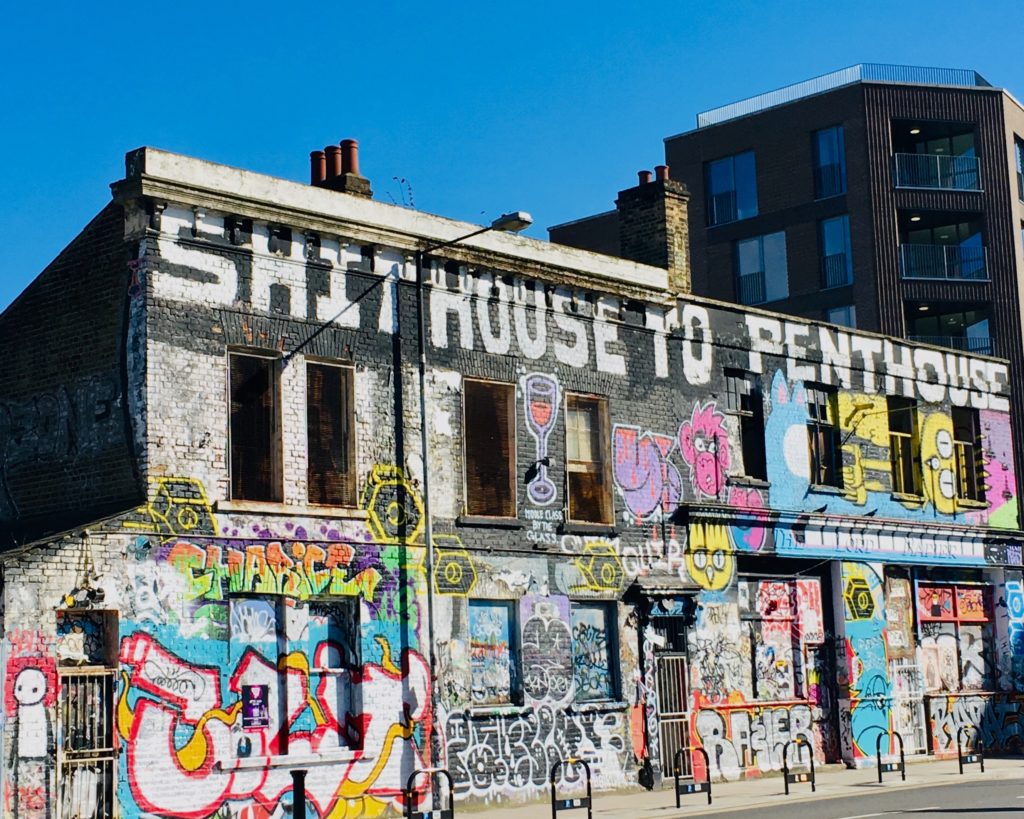IJURR’s Spotlight On series seeks to offer new insights and perspectives on specific urban issues, connecting these to the journal’s previously published material on the topic. Sometimes, however, a Spotlight highlights a lack of engagement with a specific issue. This is the case with this current set of essays, which focus on language and its connections to urban conflict and inequality. While discourse is certainly a central focus within critical urban studies, there is very limited engagement with urban language use, language politics or language policies. We appear to have left this topic to almost entirely to sociolinguistics.
Yet as the authors contributing to this Spotlight show, urban inequalities are reflected, reproduced and contested through everyday language use as well as top-down language policies and legislation. Cities have always been sites of multilingualism, where multiple linguistic communities co-exist and overlap, where residents are often fluent in more than one language, and where new hybrid urban youth languages emerge. But language use is also a core site of contention. Ethnonational and racial conflicts are expressed, exacerbated and sometimes mitigated through preferences for language use. Whether through oral communication or written texts, claims to public space and more broadly urban belonging frequently involve linguistic choices.
This Spotlight brings together contributions from four authors exploring the intersections of language and urban politics from different angles. David Madden focuses on the normative, ideological work done by the everyday “city talk” through which we describe and categorize urban space. He focuses on the euphemistic and dysphemistic terms that reflect and reproduce sociospatial hierarchies, and that normalize urban interventions. Urban studies has paid significant attention to the role of such everyday language in territorial stigmatization; Madden emphasizes that the politics of city talk is evident not only in the production of stigma, but equally through the impact of language on our sense of what constitutes the good city.

Photo: David Madden, 2019.
Virginie Mamadouh’s essay offers a very useful interrogation of urban studies’ blind spot for the languages (in the plural) of cities. Working with IJURR’s archive, she shows how our journal’s engagement with language has tended to privilege semantic issues and the linguistic representation of urban space, rather than on the contested presence and use of multiple languages within cities. Pointing to work in sociolinguistics, she encourages urban scholars to focus on the “linguistic landscapes” of cities, a sociospatial approach that offers new perspectives on urban social change. An analysis of such landscapes, she suggests, can highlight urban power struggles between different language groups, whether between “migrants” and “natives”, or between differently classed or racialized residents.
In her essay on public signage in Belgian cities, Mieke Vandenbroucke gives a clear example of such contestation, describing how the visibility of written language in urban spaces becomes a terrain for ethnolinguistic struggles. Belgian language policies have largely been oriented toward compromise and conflict alleviation, as is evident in the consistent bilingual street signage throughout Brussels. However, as the city’s periphery and its increasingly Francophone population expand into what is formally the region of Flanders, private and commercial signage becomes a new urban arena in which the Flemish-Walloon conflict is played out.
Sherry Simon draws our attention towards situations of urban multilingualism that are not necessarily antagonistic. Rather than understanding the linguistic landscapes of cities as pluralistic, as places where multiple languages co-exist side by side, she pushes urban scholars to concentrate on how these languages meet, mix and interact. What might we see – or hear – if we begin to explore cities as sites of translation? Translation can certainly involve severe conflict; for instance, Central European shifts in urban toponymy evidence violent changes in the political and linguistic regime. However, as Simon points out, urban translation can also be a powerful way to recognize and memorialize a city’s diverse past, and to shape newly inclusive, democratic urban publics.
As with earlier Spotlight On issues, we provide open-access to articles previously published in IJURR that connect to the topic of language and the city. Highlighting both these previously published pieces and reflecting on the gaps in critical urban studies in the new web essays presented here, we hope to stimulate new conversations on the role of language in urban exclusion, conflict and conviviality.
Rivke Jaffe
IJURR Web Editor
April 2019
All essays on Language and the City
Introduction
Rivke Jaffe
City Talk
David Madden
The City and its Languages: Taking Linguistic Diversity Seriously
Virginie Mamadouh
Public Signage: Language, Ideology and Claims to Urban Space
Mieke Vandenbroucke
The Translational City
Sherry Simon
Related IJURR articles on Language and the City
The Return of the Slum: Does Language Matter?
Alan Gilbert
Writing the Lines of Connection: Unveiling the Strange Language of Urbanization
Nathalie Boucher, Mariana Cavalcanti, Stefan Kipfer, Edgar Pieterse, Vyjayanthi Rao, Nasra Smith
Questioning the use of ‘local democracy’ as a discursive strategy for political mobilization in Los Angeles, Montreal and Toronto
Julie‐Anne Boudreau
Toponymy as Commodity: Exploring the Economic Dimensions of Urban Place Names
Duncan Light, Craig Young
© 2019 THE AUTHOR. INTERNATIONAL JOURNAL OF URBAN AND REGIONAL RESEARCH, PUBLISHED BY JOHN WILEY & SONS LTD UNDER LICENSE BY URBAN RESEARCH PUBLICATIONS LIMITED
This is an open access article under the terms of the Creative Commons Attribution-NonCommercial-NoDerivs License, which permits use and distribution in any medium, provided the original work is properly cited, the use is non-commercial and no modifications or adaptations are made.
